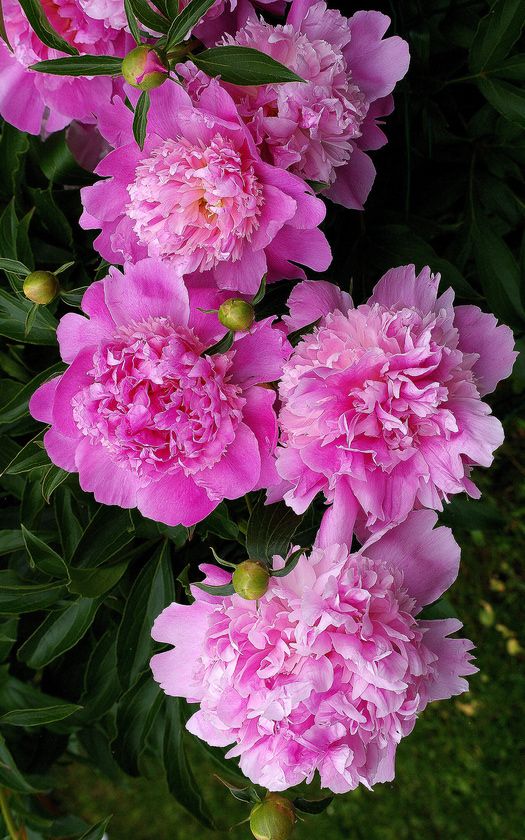In the ongoing battle against garden pests, many gardeners are seeking natural and environmentally friendly solutions to protect their plants without resorting to harsh chemicals or synthetic pesticides. One such solution gaining popularity is the use of beneficial nematodes, microscopic roundworms that are highly effective at targeting and controlling a wide range of garden pests, including grubs, caterpillars, beetles, and other soil-dwelling insects. By harnessing the power of these tiny predators, gardeners can reduce pest populations, prevent damage to plants, and promote a healthy, balanced ecosystem in their gardens. In this comprehensive guide, we’ll explore the benefits, types, application methods, and best practices for using beneficial nematodes as a natural and sustainable pest control solution in your garden.








Understanding the Benefits of Beneficial Nematodes for Pest Control
Beneficial nematodes offer numerous benefits for pest control and garden health:
- Targeted Pest Control: Beneficial nematodes are natural predators of many common garden pests, including grubs, caterpillars, weevils, and flea larvae, targeting pests at various stages of their life cycle, from egg to adult.
- Safe and Non-Toxic: Beneficial nematodes are safe to use around people, pets, and beneficial insects, as they do not harm beneficial organisms or pose a risk to human health or the environment.
- Biological Control: Beneficial nematodes work by parasitizing or infecting pest larvae with bacteria that kill them from the inside, providing effective biological control without the need for chemical pesticides.
- Versatile Application: Beneficial nematodes can be applied to soil, compost, or plant foliage using various methods, including watering cans, sprayers, irrigation systems, or drenches, making them suitable for a wide range of garden environments and pest management needs.
- Long-Lasting Protection: Beneficial nematodes establish populations in the soil and reproduce over time, providing ongoing pest control and protection for your garden against recurring pest infestations.
Types of Beneficial Nematodes
There are several species of beneficial nematodes available for pest control, each targeting specific types of garden pests:
- Steinernema feltiae: Effective against fungus gnat larvae, root aphids, thrips, and other soil-dwelling pests found in container gardens, greenhouse crops, and indoor plants.
- Steinernema carpocapsae: Effective against caterpillars, cutworms, sod webworms, and other soil-dwelling pests found in lawns, gardens, and agricultural crops.
- Heterorhabditis bacteriophora: Effective against grubs, weevils, Japanese beetles, and other soil-dwelling pests found in turfgrass, ornamental plants, and vegetable gardens.
Application Methods for Beneficial Nematodes
Follow these steps to apply beneficial nematodes to your garden effectively:
- Choose the Right Species: Select the appropriate species of beneficial nematodes based on the types of pests you’re targeting and the environmental conditions of your garden.
- Prepare Nematode Solution: Mix the beneficial nematodes with water according to the manufacturer’s instructions, using a watering can, sprayer, or irrigation system to distribute the solution evenly.
- Apply to Soil: Water the soil thoroughly before applying the nematode solution to ensure the soil is moist and receptive to nematode colonization. Apply the nematode solution to the soil surface or directly to areas with pest activity, such as around plant roots or in areas where pests are present.
- Water In: After applying the nematode solution, water the soil again to help distribute the nematodes into the soil and provide moisture for their survival and activity.
- Repeat as Needed: Depending on the severity of pest infestation and environmental conditions, repeat the nematode application every few weeks or as recommended by the manufacturer to maintain effective pest control.
Best Practices for Using Beneficial Nematodes
Follow these best practices to maximize the effectiveness of beneficial nematodes for pest control:
- Timing: Apply beneficial nematodes when soil temperatures are conducive to nematode activity, typically in spring or fall when soil temperatures are between 60°F and 90°F.
- Soil Preparation: Prepare the soil by loosening compacted areas, removing debris, and providing adequate moisture for nematode survival and movement in the soil.
- Avoid Chemicals: Avoid using chemical pesticides, herbicides, or fertilizers that may harm beneficial nematodes or disrupt their activity in the soil.
- Monitor Pests: Monitor pest populations regularly and adjust nematode applications as needed to target emerging pest populations and prevent damage to plants.
- Integrated Pest Management: Integrate beneficial nematodes into an overall pest management strategy that includes cultural practices, biological controls, and mechanical controls to reduce reliance on chemical pesticides and promote long-term pest control and garden health.
Conclusion
Beneficial nematodes offer a natural, safe, and effective solution for controlling garden pests and promoting a healthy, thriving garden ecosystem. By harnessing the power of these microscopic predators, gardeners can reduce pest populations, prevent damage to plants, and maintain a balanced and sustainable environment in their gardens without resorting to harsh chemicals or synthetic pesticides. Whether you’re dealing with grubs in your lawn, caterpillars in your vegetable garden, or fungus gnats in your houseplants, beneficial nematodes provide a versatile and environmentally friendly pest control option that supports garden health and biodiversity for years to come.
FAQs (Frequently Asked Questions)
- Are beneficial nematodes harmful to beneficial insects or other organisms in the garden?
- No, beneficial nematodes specifically target and parasitize pest insects, such as grubs, caterpillars, and beetle larvae, without harming beneficial insects, earthworms, or other beneficial organisms in the soil. Beneficial nematodes are safe to use around people, pets, and wildlife and do not pose a risk to the environment when used according to the manufacturer’s instructions.
- How long do beneficial nematodes remain active in the soil after application?
- The activity and persistence of beneficial nematodes in the soil depend on environmental conditions, soil moisture, temperature, and the availability of suitable hosts (pest larvae). In optimal conditions, beneficial nematodes can remain active and effective in the soil for several weeks to months, continuously targeting and parasitizing pest larvae to provide ongoing pest control and protection for your garden.